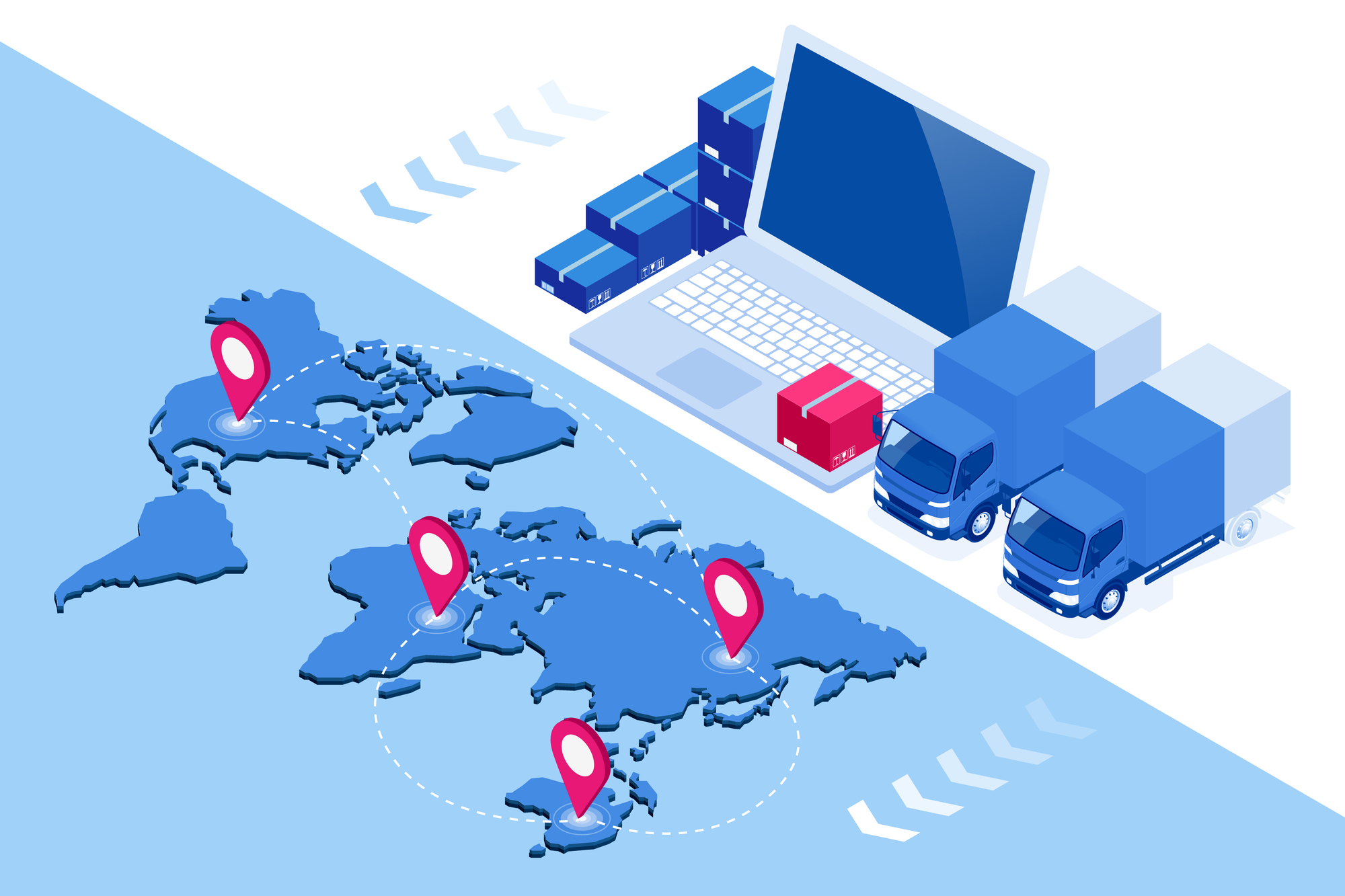Fewer qualified workers are available to maintain equipment, causing production slowdowns and stoppages. With less people going into this field and more existing personnel deciding to retire, many companies are feeling the squeeze in their maintenance and supply processes. However, there are ways to overcome this obstacle. By implementing MRO as a service strategy, companies can maximize efficiency and do more with less. This approach will help them keep their plants running smoothly and at full capacity.
Why Labor Shortage Is Such a Big Deal?
Labor shortage means there are insufficient qualified individuals in a particular occupation to meet the demand for workers. This means there is a lack of skilled, qualified, trained, and experienced personnel capable of keeping the business operating profitably.
The key terms here are “qualified, skilled, and trained.” Complex manufacturing processes require a ton of knowledge and experience. When a team loses valuable members of their team, the organization loses efficiency, ad finding a replacement in this market can be extremely challenging.
Why Is It Happening?
According to the World Economic Forum, labor costs are one of the main drivers in influencing a firm’s cost structure. In 2021, when supply chain difficulties reached an all-time high, turnover was also extremely high. The epidemic caused shuttered manufacturing plants, port backlogs, and rapidly rising transportation expenses.
Supply chain managers have largely handled those issues, making their jobs considerably more difficult, leading to stress and burnout. Another big part of the issue is the influx in experienced personnel. With less people going into this field and early retirement on the rise, there is a major shortage of qualified talent. Training new personnel takes a lot of time and effort and there is also a lot of risk involved with training newer employees.
With the shortage in skilled workers, competition to hire and keep good employees is more challenging than ever.
How Does a Labor Shortage Affect Businesses and Workers Alike?
It’s important to hire, onboard, manage, and reward people properly to succeed. After investing time and energy into bringing on the best people, the last thing you want is for them to leave. But when it happens, the results are predictable:
For the business:
- Increased employee acquisition costs (hiring, training, etc).
- Loss of revenue as new employees are trained.
- Potential loss of customers due to production delays.
For fellow employees:
- Loss of camaraderie.
- Stress resulting from training new employees and taking on additional work as they get up to speed.
- Frustration caused by an inability to meet team goals.
Improving Business Efficiency Will Reduce Employee Turnover
The term “business efficiency” refers to how efficiently a company generates output (products, services, and revenue) in relation to the input (capital, labor, and materials) needed to generate it. In other words, it’s all about making the greatest possible use of resources.
Since much of today’s employee stress is the result of supply chain issues or lack of resources, minimizing these will lead to improved business efficiency and staff retention.
Start Utilizing an Integrated Parts Management (IPM) System
Having the parts necessary to operate your business is not a convenience – it’s a necessity, especially when staff is short handed. The ability to easily order the parts needed to complete work orders helps maintenance technicians optimize their wrench time, reduces deferred maintenance backlogs, and increases asset and facility uptime. The use of overseas vendors, deciding between multiple delivery options, and making cost comparisons, as well as other items, are considerations that must be weighed and balanced to ensure that purchasing efforts maximize profits while keeping the frequently used parts and critical spares available.
Gone are the days when successfully managing a supply chain could be accomplished by a few people with spreadsheets. While large quantity/single item purchases can be handled by an individual, tail-spend purchases are better managed through Integrated Parts Management and MRO software that can quickly view all options, take advantage of data across multiple sectors of your business, and automatically order the required items. While JIT inventory maintenance is still the ideal method for keeping MRO expenses managed, supply chain interruptions make the task almost impossible.
MRO is difficult to tackle, and it’s tempting to avoid doing anything. You can’t influence change or utilize MRO/Tail spend without access to data that provides a clear picture of what procurement is buying, from whom, or why they’re purchasing so much (or so little) of it. And if they can’t get their hands on the money, they won’t be able to negotiate savings, leverage category expertise, or develop innovative solutions to help the company grow.
Plants and facilities need to empower their employees and reduce the amount of manual, non-value adding tasks on their plate, so they can focus on the important plant and maintenance tasks they excel at. With everyone being asked to do more with less, see how IPM can help alleviate some of their stress and take a few things off their to-do list.
Immediate Relief to Support your Lean Staff
SDI provides a 24/7 Remote Buy Desk as another way to immediately alleviate the current supply chain constraints. The 24/7 Remote Buy Desk is for plant and facilities maintenance, repair, and operating (MRO) supplies, essential supplies, consumables, and GNFR. It allows manufacturers, grocers, retailers, banks, schools, or any multi-site facilities maintenance team to simply call or email SDI to immediately plug into their intelligent, automated sourcing and leverage 50 years of supply chain procurement and process expertise.
SDI is a MRO supply company and service provider that builds streamlined, efficient and scalable approaches to ensure MRO optimizations. We help organizations understand how each link in their MRO supply chain impacts the entire enterprise. To learn how the digital supply chain enables greater agility, speed, and transparency, contact us today.





